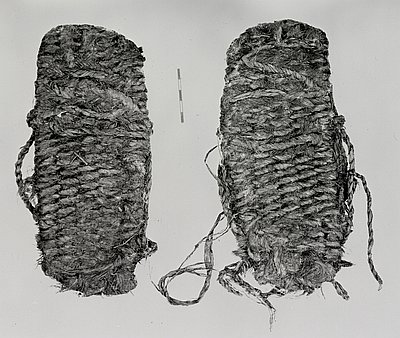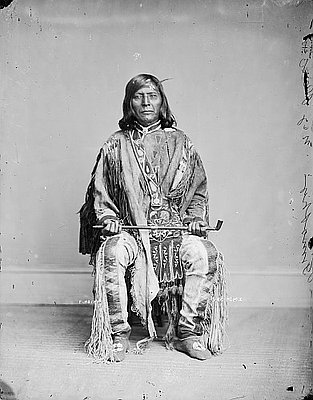Thomas J. Connolly
Thomas J. Connolly is Director of the Archaeological Research Division of the UO Museum of Natural and Cultural History & State Museum of Anthropology. His archaeological research focuses mainly in Oregon and the broader Pacific Northwest, but he has also done fieldwork on the northern Plains and in Scotland. He has worked extensively with archaeological museum collections, particularly ancient fiber artifacts. Connolly is a co-author of Oregon Archaeology, and dozens of monographs, technical reports, and journal articles.
Author's Entries
-
![Fort Rock Cave]()
Fort Rock Cave
Fort Rock Cave is located in a small volcanic butte approximately half a mile west of the Fort Rock volcanic crater in northern Lake County. Near the end of the Pleistocene, a massive lake filled the Fort Rock Basin, and erosion from wind-driven waves carved the cave about seventy-five feet …
Oregon Encyclopedia
-
![Fort Rock Sandals]()
Fort Rock Sandals
Fort Rock sandals are a distinctive type of ancient fiber footwear found in southeast Oregon and northern Nevada. Named by archaeologist Luther Cressman, who first found examples in Oregon’s Fort Rock Cave, Fort Rock sandals are the oldest directly dated footwear in the world. In 1938, anthropologist Luther …
Oregon Encyclopedia
-
![Mill Creek Archaeological Sites (Salem)]()
Mill Creek Archaeological Sites (Salem)
The modern City of Salem occupies a former Kalapuyan townsite known as Chemeketa, near the mouth of what is now Mill Creek (formerly Chemeketa Creek), a tributary of the Willamette River. Throughout warmer seasons, the Chemeketa people moved family or task groups onto Chemeketa Prairie and into the surrounding …
Oregon Encyclopedia
-
![Native American Tobacco Use and Cultivation in Western North America]()
Native American Tobacco Use and Cultivation in Western North America
Tobacco is native to the Americas, including in the Pacific Northwest, where it was harvested and often cultivated for thousands of years. Introduced to Europe by Christopher Columbus, who first saw the plant on an island in the Bahamas in October 1492, tobacco subsequently was spread throughout the world by …
Oregon Encyclopedia





